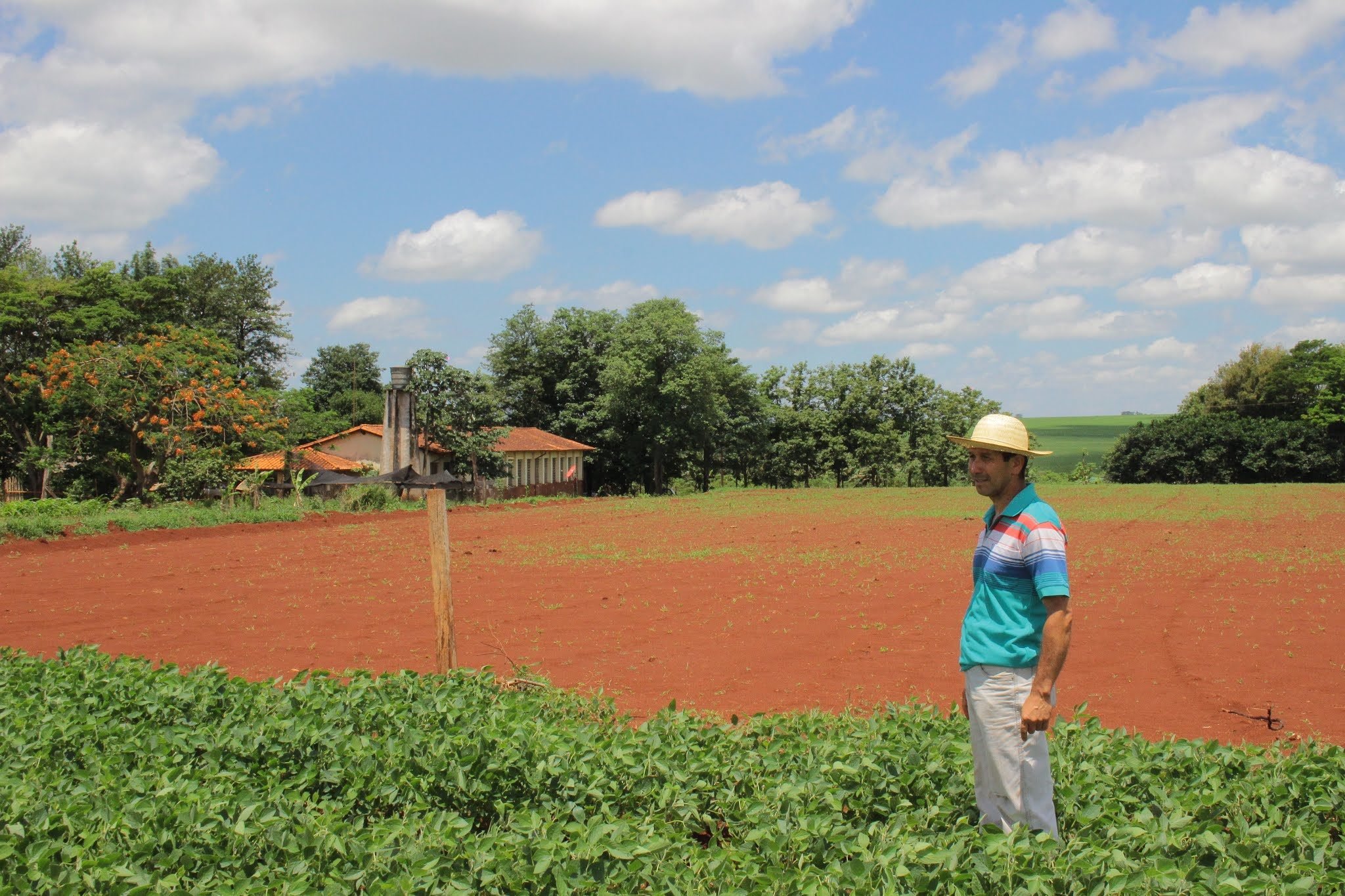At the San Roque González de Santa Cruz primary school in Alto Parana, south-eastern Paraguay, noise levels and the number of occupied chairs diminish each year. When it opened 18 years ago, there were around 70 students, parents say. Today, there are just eleven boys.
The small group, varied in age, takes classes in a single room with the same teacher, who is also the school principal. From the window of the enclosure, a football pitch coated with coloured dust is visible and, at the end of a dirt track, a large swathe of soy crops. There are no barriers between the plantation and the school grounds.
As numbers dwindle at the school, surrounding soy plantations grow in a pattern repeated throughout Paraguay. Though San Roque González in the rural Alto Paraná department resists closure, many other schools have been forced to shut. Local communities say the extensive use of agrochemicals in soy cultivation is harming their health, environment, and economic opportunities, leaving them little choice but to sell their land and migrate to the cities.
The Ministry of Education and Science closed more than 80 schools this year due to low enrolment. A 2011 investigation by the Ministry revealed that at least 500 schools nationwide are surrounded by soy plantations. Yet the study’s findings were not continued, according to the Service for Peace and Justice (Serpaj), a human rights organisation.
Soy covers 3.5 million hectares in Paraguay, yielding 9.8 million tonnes, according to the Paraguayan Chamber of Processors and Exporters of Oilseeds and Cereals (Cappro). In May, the US Department of Agriculture (USDA) ranked Paraguay as the world’s third largest soy exporter, after Brazil and the US. It has now returned to fourth place (Argentina is third).

The report expresses concern about occupying such a high position among exporters of unprocessed soy with no added value at the borders, meaning the benefits of industrialisation are enjoyed by other countries.
Advancing soy hits communities
For Gerónimo Arévalos, a resident of the Minga Porã district in Alto Paraná, the expansion of soy is decimating the community.
“30 years ago in the community of San Miguel, Minga, we had 90 farms occupied by families. Today there are only 43. The rest were sold or rented to Brazilians who come to plant soybeans. For small producers there is no state support,” Arévalos says.
Tomás Zayas, the secretary of Alto Paraná Farmers’ Association (Asagrapa), says part of the land rented to soy producers had previously been granted to peasant families by the Institute of Rural Development and Land.
Those who remain in the community say they face multiple problems associated with the use of agrochemicals. Minga inhabitants report instances of stomach problems, miscarriages and cancer.
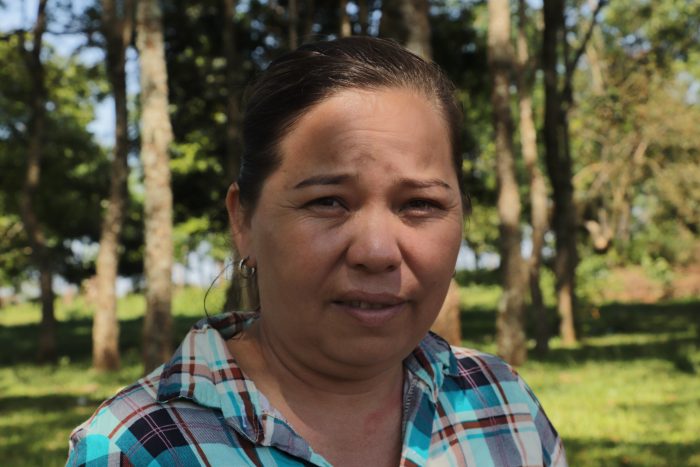
“Health problems that were scarce have increased. Doctors do not give explanations but we think that the production model is responsible,” says villager Jorge Arévalos.
At aged 9, Silvio Peralta, a resident of the area, began to feel a burning pain in his eyes. He describes how little by little he lost his sight and then left school. He says that doctors have not given an explanation.
“We think it’s because of the plantation’s chemicals. As a child, I remember the fumigations were more intense. I want to get help to recover my sight,” says Silvio, now 22.
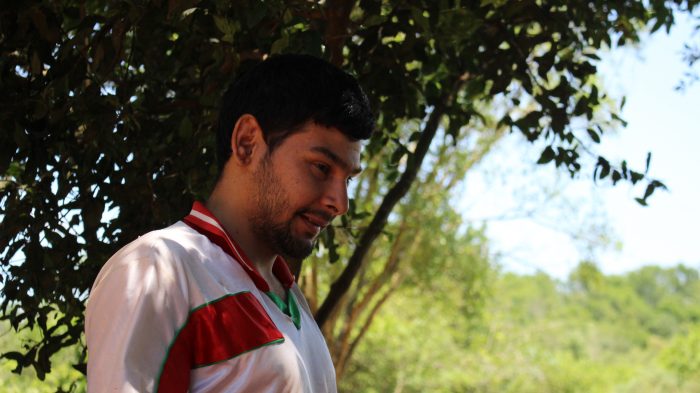
A study released this month by Paraguay’s Universidad Católica de Asunción (UCA) found greater incidence of genotoxic and cytotoxic effects – damage to genetic formation and cells – in young people living near soy plantations in San Juan, Caninyendú department, compared to those not exposed to pesticides. Paediatrician Stela Benítez Leite, who led the study, dismissed other possible causes including anaemia and malnutrition.
Speaking before the study was released, Dr. Susana Barreto, a specialist in nephrology (the study of the kidneys) said: “In Paraguay there are no medical studies because nobody has the courage to say that these frequent diseases are due to [the pesticide] glyphosate. The main studies were carried out in Argentina, where soy is also expanding.”
Barreto adds that scientists in Argentina have linked glyphosate with miscarriages since it is genotoxic. They also link the pesticide with cancer.
The European Parliament has called for the elimination of glyphosate by 2022. Meanwhile in Paraguay, imports of the product increased last year.

Esperanza Martínez, a senator and former minister of Public Health during the government of former bishop Fernando Lugo (2008-2012) says there is no political will for research on the part of the government.
No natural barriers
Paraguayan laws on phytosanitary products for agricultural use (Law 3742) stipulate the need for environmental buffer zones near crop plantations. The National Service for Plant and Seed Quality and Health (Senave) is the agency in charge of enforcement.
Regulations say that when crops subject to agrochemicals are adjacent to populated neighbourhood roads, barriers must be a minimum five metres wide and a two metres high. In the absence of such protections, there must be a buffer zone of 50 metres.
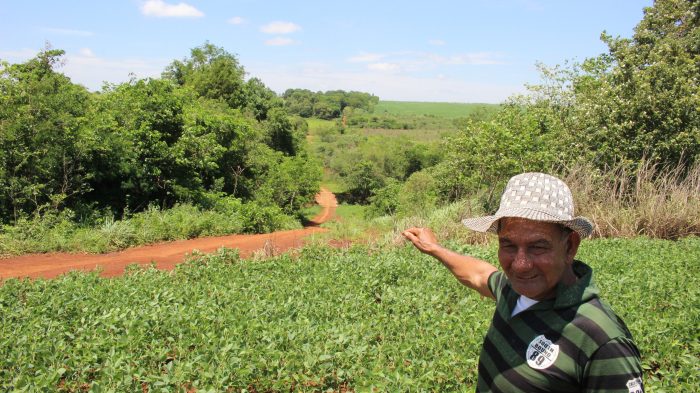
The law also requires a buffer zone of 100 metres between an area treated with any type of phytosanitary products and natural water flows.
However, there is no protection around a number of educational institutions and rural settlements, nor on inter-state highways.
From Paraguay to China
Paraguay does not have a diplomatic relationship with China. It is one of the 17 countries that recognises Taiwan, an area that the Chinese government considers part of its national territory under the “One China” policy. However, much of Paraguay’s soy is exported to China via neighbouring countries.
Products such as natural sweetener and bovine skins are exported directly, which accounts for only 0.31% of total exports, according to data from the Central Bank of Paraguay (BCP). Soy cannot be shipped in the absence of a phytosanitary registry.
Federico Perazza, Uruguay’s ambassador in Paraguay, confirmed that his country is one of the channels for Paraguayan soy to reach China. He says it is travels mainly through the city of Nueva Palmira and the capital Montevideo.
Another route is through Argentina, the number one export destination for Paraguayan soy. Though it is a major producer, the Argentine crop was hit this year by a devastating drought. Russia was previously the number one destination.
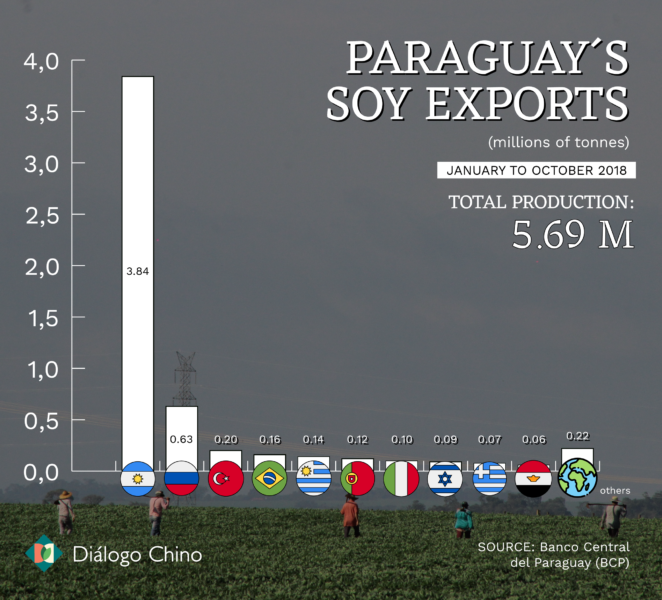
Economist Gustavo Rojas says the fact that Paraguay exports soybeans to Argentina and they end up in China means that the country of origin does not benefit from negotiating sales with Chinese buyers.
He adds that Paraguayan meat also arrives in mainland China via Vietnam, Taiwan and Hong Kong.
“It is a unique case because we are a country in [South American trading bloc] Mercosur where one third of Paraguay’s total imports come from China. It’s the highest, but we do not export directly,” he said.
According to the Paraguayan central bank, throughout 2017 Paraguay sold US$27.5 billion’s worth of products to China while imports amounted to US$3.5 billion.
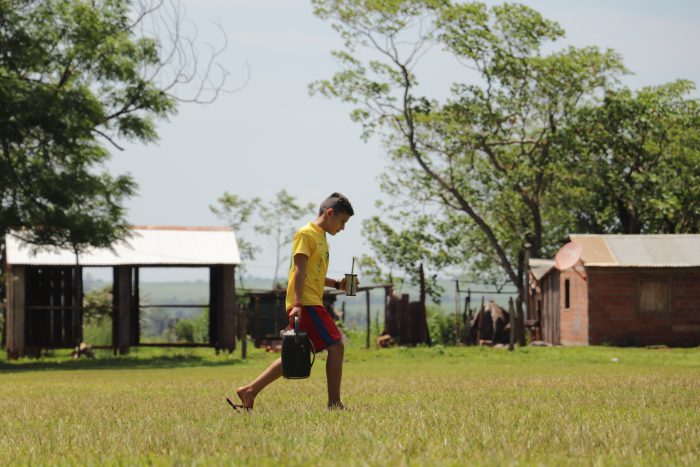
Last month (November), senators from Paraguay’s Patria Querida (PQ) and the Authentic Radical Liberal Party (PLRA) presented a project to form “a Joint Parliamentary Friendship Commission with the People’s Republic of China”.
“We export almost three times what we do with Taiwan and we want to take advantage of the volume, without breaking relations with them. China is a market that we need for the development of the country and we must explore it,” says congressman Fidel Zavala of the PQ. He is also a farmer.
Zavala says there are a number of myths about the impacts of agrochemicals and that technology for agricultural development to intensify environmental controls should be supported.
Miguel Lovera, an agronomist and former president of the plant and seed agency Senave, says the Chinese do not directly consume transgenic (genetically modified) soy. However, they do introduce it into the animal food chain by feeding it to livestock. He warns that establishing a direct trade would incentivise soy growing in the forested Chaco ecoregion of eastern Paraguay.
“In Paraguay, the effect of the opening to the Chinese market would be fatal for remaining forests.”
